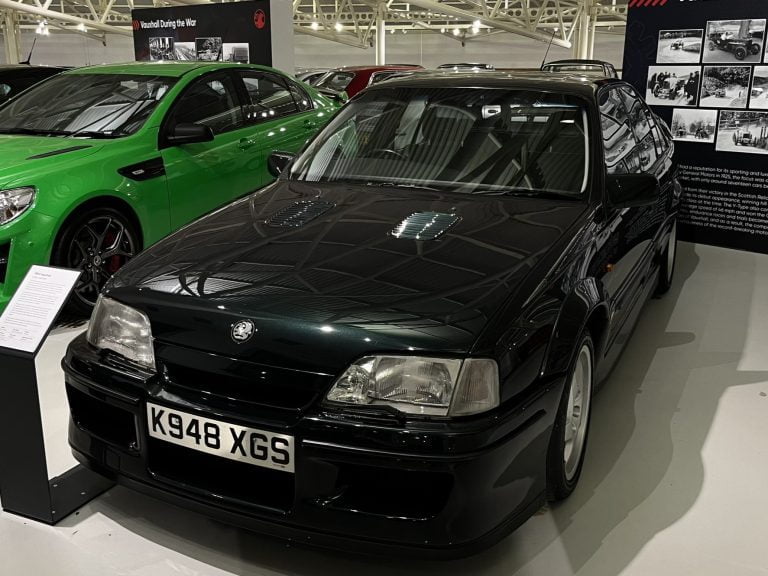1990s
The 1990s saw a rapid acceleration in automotive technology, driven by increasing computerization and electronics integration. Electronic Fuel Injection (EFI) became standard, replacing carburetors for improved fuel efficiency and performance. Anti-lock Braking Systems (ABS) and traction control systems were increasingly adopted, enhancing vehicle safety and stability. Moreover, the decade witnessed the emergence of advanced driver-assistance systems (ADAS) like electronic stability control and adaptive cruise control, laying the groundwork for future autonomous driving technologies. These innovations not only made driving safer but also more enjoyable and efficient.
Environmental concerns gained prominence in the 1990s, prompting automakers to develop cleaner and more fuel-efficient vehicles. Stricter emissions standards led to the widespread adoption of catalytic converters and the introduction of hybrid electric vehicles (HEVs) like the Toyota Prius, which debuted in 1997 in Japan. Additionally, automakers began exploring alternative fuels and propulsion systems, including compressed natural gas (CNG) and hydrogen fuel cells, as viable alternatives to traditional gasoline and diesel engines. These efforts marked a significant shift toward sustainable mobility solutions, paving the way for future advancements in eco-friendly vehicles.
The 1990s witnessed the globalization of the automotive industry, with manufacturers expanding production facilities and entering new markets worldwide. Japanese automakers, in particular, strengthened their foothold in North America and Europe, challenging traditional American and European brands with their reputation for reliability and innovation. Furthermore, the decade saw the rise of automotive mergers and acquisitions, as companies sought strategic alliances to strengthen their competitive positions and gain access to new technologies and markets. This era laid the foundation for the global supply chain networks that define the industry today, facilitating the efficient production and distribution of vehicles and components across continents.
Stylistically, the 1990s marked a departure from the boxy designs of the 1980s, with automakers embracing more aerodynamic and streamlined shapes. The era also witnessed the popularity of SUVs and crossovers, responding to consumer demand for versatile vehicles that combined the utility of trucks with the comfort of passenger cars. Moreover, customization options became increasingly important, with automakers offering a wide array of features and trim levels to cater to diverse consumer preferences. From luxury sedans to compact hatchbacks, manufacturers diversified their product portfolios to appeal to different demographics and market segments.
The innovations and trends that emerged in the 1990s continue to shape the automotive industry today. The decade’s emphasis on technology, sustainability, and global collaboration laid the groundwork for the development of electric vehicles (EVs), connected cars, and autonomous driving technologies in the 21st century. In conclusion, the 1990s was a transformative period for the automotive industry, marked by technological innovation, environmental awareness, globalization, and evolving consumer preferences. As we look back on this pivotal decade, we recognize its profound impact on shaping the cars we drive and the industry’s ongoing commitment to pushing the boundaries of innovation and sustainability.

1990
Vauxhall Lotus Carlton

1990
Honda NSX
Precision Engineering Redefining Supercars

1992
BMW 8-Series (E31)
The Ultimate Grand Tourer of the 90s

1992
Jaguar XJ220
The Iconic Supercar That Pushed Boundaries

1992
McLaren F1
The Apex of Automotive Engineering

1993
Toyota Supra
A Timeless Icon of Japanese Performance

1993
Ford Escort RS WRC
Dominance on the World Rally Stage

1994
Ferrari F355
The Evolution of Italian Exotic Performance

1995
Renault Sport Spider
A Pure Driving Machine

1995
Porsche 911 (993)
The Last Air-Cooled Legend

1996
Lotus Elise
Lightweight Performance Excellence

1996
Ferrari 550 Maranello
V12 Power and Elegance Combined

1998
Mercedes-Benz CLK GTR
Racing Heritage Redefined for the Road

1999
BMW Z3 M Coupe
A Bold Expression of Performance and Style